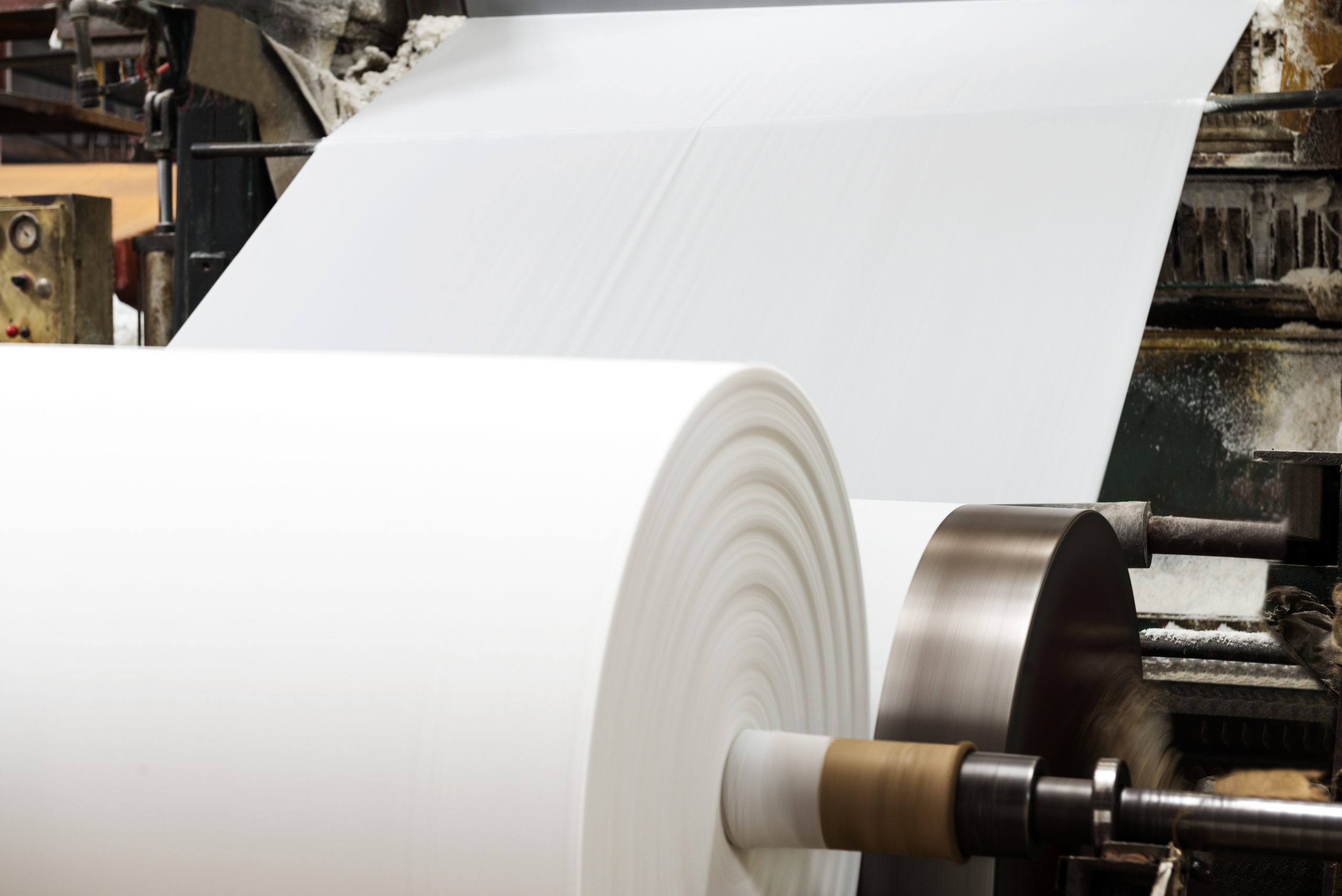The pulp and paper industry is one surrounded by myth, but the truth is evident in the data. Consumers have been led to believe that the industry is dying for years—for example, as the world has grown more and more digital, projected declines in paper consumption, and subsequent revenue, filled the news. Not to mention that the rapid growth of climate change concern has made the industry a target when it comes to energy consumption, sustainability, and deforestation.
The data, however, shows strength in the industry, as well as adaptations to not only keep up with, but help the declining health of the environment. Keep reading for some of the biggest myths surrounding pulp and paper, and the truth underneath them.
Myth #1: Pulp & Paper is a Dying Industry
The truth? Sales are up, and the industry is thriving. It’s true—about 25 years ago, it seemed that the industry was on the wane. However, specialty packaging is on the rise and paper prices are higher than they have been in years. As more and more people turn to anti-plastic lifestyles, new opportunities keep arising for the industry to meet those consumer desires.
About 60% of paper waste is recycled, while only 9% of plastics are, which puts the paper industry in the position to replace single-use plastics like straws and plastic bags. These opportunities have been paving the way for a new and improved paper industry, so that innovative mills can produce new things to meet the eco-friendly demands of the consumer. The industry is adapting to all of the changes that come its way, and taking advantage of the challenges in the field today.
Myth #2: The Paper Industry is Antiquated
The industry is teaming with new products, new machines, and new ways to do things. People predicted that paper books, magazines, and even greeting cards would disappear in the wave of tablets—but in reality, book sales are on the rise. The tablet wouldn’t replace the sentimental and sensory aspect of physical books and cards like everyone thought it could.
Mills are producing new items to meet changing demands, and still others are finding new and innovative ways to manufacture the products their consumers are already familiar with and still want to buy.
Myth #3: The Paper Industry is Not Environmentally Friendly
The paper industry has taken great strides to reduce waste and increase efficiency over the years. Certified wood promotes sustainable forest management policies, not to mention that inventories on private timberlands have increased nearly 7% over the last few years. Some waste products, like lignin, are being used to generate power. In fact, close to 70% of waste is turned back into energy in this industry. About 65% of the fibre brought to recycling centers gets reused.
Energy consumption and conservation are both very important to paper mills, not only because of their environmental impact, but also because it increases profitability for the mill itself.
Myth #4: The Paper Industry is Not Tech Savvy
The industry is very sophisticated, and getting more so all the time. It’s true—for years, the industry operated with antiquated systems and lacked the data needed to gain operational visibility. However, changing demands and shifting consumer preferences have changed the way today’s mills do things.
For example, predictive maintenance is at the forefront of every milly’s efficiency efforts. Reactive maintenance, or maintenance that’s done after equipment fails, can be anywhere from 60% to 90% more expensive than predictive methods. Many mills are working towards extracting more product from the same production footprint, which is challenging but results in more efficiency and more profitable mills.
New, sustainable product options are coming out of the pulp and paper industry all the time, spanning far beyond traditional perceptions. Thanks to capital investments and access to the necessary data, the industry is thriving better than ever.
For more industry news and insights, contact Southern Field-EEC today.


